
Rajshahi: The Silk City on the Banks of the Padma
Discover Rajshahi: The Silk City of Bangladesh, where history, culture, and natural beauty converge on the banks of the serene Padma River.
Rajshahi, often called the 'Silk City' and the 'Education City' of Bangladesh, is a gem located in the north-western part of the country. Known for its rich history, vibrant culture, and serene beauty, Rajshahi offers a unique blend of both modernity and tradition. The city is nestled on the banks of the majestic Padma River, providing a picturesque backdrop for visitors. One of the main attractions in Rajshahi is its silk industry, which has earned the city its famous nickname. Visitors can explore the various silk factories and shops to witness the intricate process of silk production, from the silkworms to the final product. The city is also a hub for educational institutions, including the prestigious Rajshahi University, which adds a youthful and dynamic atmosphere to the area. Rajshahi is home to numerous historical sites and natural wonders. The Varendra Research Museum, one of the oldest museums in Bangladesh, showcases an impressive collection of artifacts from different periods of the region's history. For nature lovers, the Puthia Temple Complex and the Bagha Mosque offer a glimpse into the architectural brilliance of the past, surrounded by lush greenery. The local cuisine is a treat for the taste buds, with an array of traditional dishes that reflect the rich culinary heritage of the region. Don't miss out on trying the famous Rajshahi mangoes, which are considered some of the best in the world. The city's vibrant markets and street food stalls provide an authentic taste of local flavors. Rajshahi's friendly residents and relaxed pace of life make it an ideal destination for those looking to escape the hustle and bustle of more crowded cities. Whether you're exploring its historical landmarks, enjoying a boat ride on the Padma River, or simply soaking in the local culture, Rajshahi promises a memorable experience for every traveler.
Local tips in Rajshahi
- Visit the silk factories to buy high-quality silk products directly from the source.
- Plan your trip during mango season (May to July) to taste the famous Rajshahi mangoes.
- Explore the Varendra Research Museum to learn about the region's rich history and culture.
- Take a boat ride on the Padma River for a relaxing and scenic experience.
- Visit the Puthia Temple Complex and Bagha Mosque early in the morning to avoid crowds and enjoy the tranquility.
- Try local street food and traditional dishes at the city's vibrant markets.
Rajshahi: The Silk City on the Banks of the Padma
Rajshahi, often called the 'Silk City' and the 'Education City' of Bangladesh, is a gem located in the north-western part of the country. Known for its rich history, vibrant culture, and serene beauty, Rajshahi offers a unique blend of both modernity and tradition. The city is nestled on the banks of the majestic Padma River, providing a picturesque backdrop for visitors. One of the main attractions in Rajshahi is its silk industry, which has earned the city its famous nickname. Visitors can explore the various silk factories and shops to witness the intricate process of silk production, from the silkworms to the final product. The city is also a hub for educational institutions, including the prestigious Rajshahi University, which adds a youthful and dynamic atmosphere to the area. Rajshahi is home to numerous historical sites and natural wonders. The Varendra Research Museum, one of the oldest museums in Bangladesh, showcases an impressive collection of artifacts from different periods of the region's history. For nature lovers, the Puthia Temple Complex and the Bagha Mosque offer a glimpse into the architectural brilliance of the past, surrounded by lush greenery. The local cuisine is a treat for the taste buds, with an array of traditional dishes that reflect the rich culinary heritage of the region. Don't miss out on trying the famous Rajshahi mangoes, which are considered some of the best in the world. The city's vibrant markets and street food stalls provide an authentic taste of local flavors. Rajshahi's friendly residents and relaxed pace of life make it an ideal destination for those looking to escape the hustle and bustle of more crowded cities. Whether you're exploring its historical landmarks, enjoying a boat ride on the Padma River, or simply soaking in the local culture, Rajshahi promises a memorable experience for every traveler.
When is the best time to go to Rajshahi?
Iconic landmarks you can’t miss
Padma Garden
Explore Padma Garden, a serene park in Rajshahi, blending natural beauty with rich historical significance for an unforgettable experience.
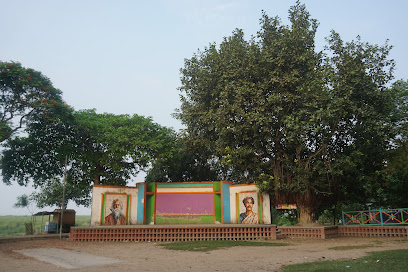
Rajshahi University
Discover the beauty and heritage of Rajshahi University, where education meets nature in an inspiring environment.
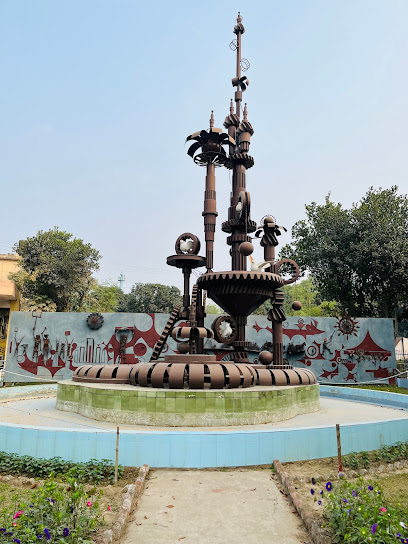
T - Badh
Explore the serene beauty and cultural richness of T - Badh in Rajshahi, a perfect destination for nature lovers and cultural enthusiasts alike.
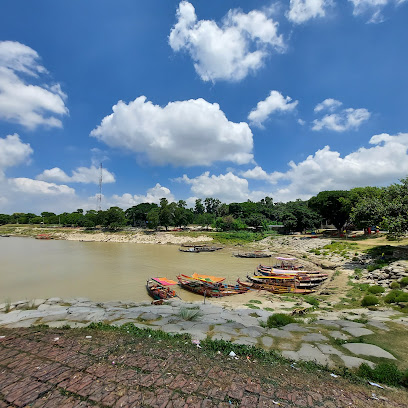
Lalon Shah Mukto Moncho
Explore the tranquil beauty and cultural richness of Lalon Shah Mukto Moncho, a serene park and dining destination in Rajshahi.
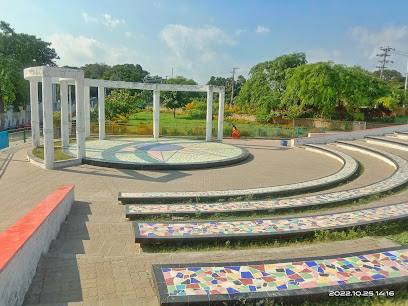
Rajshahi New Market
Experience the bustling atmosphere of Rajshahi New Market, where local culture, shopping, and delicious street food come together in a vibrant marketplace.
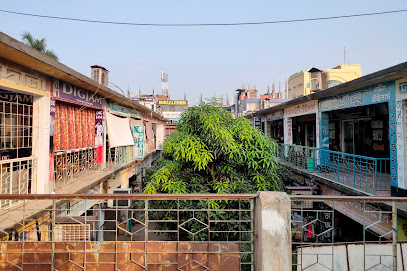
Puthia Rajbari
Explore the historical elegance of Puthia Rajbari, a stunning palace complex showcasing the rich cultural heritage of Bangladesh.

Shaheed A.H.M. Kamaruzzaman Central Park & Zoo
Discover the vibrant wildlife and lush greenery at Shaheed A.H.M. Kamaruzzaman Central Park & Zoo, a must-visit attraction in Rajshahi.
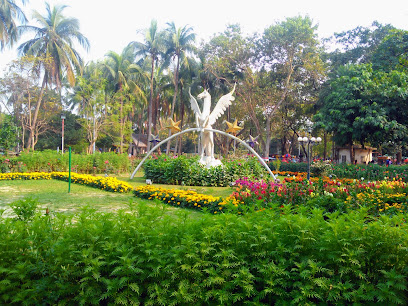
Shaheb Bazaar Boro Mosjid
Experience the serene beauty of Shaheb Bazaar Boro Mosjid, a must-visit architectural gem in the heart of Rajshahi, Bangladesh.
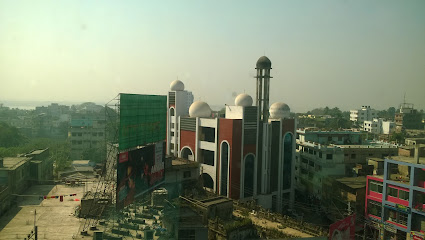
Varendra Research Museum
Explore the treasures of the Varendra Research Museum in Rajshahi, where the history and culture of Bangladesh come alive through captivating exhibits.
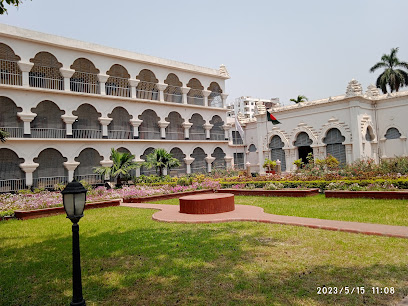
I Badh
Explore the serene beauty of I Badh, a picturesque attraction in Rajshahi with stunning views of the Padma River and vibrant local culture.
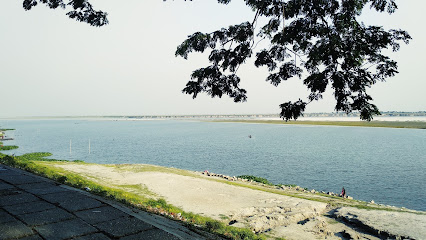
Shahid Zia Shishu Park
Discover the charm of Shahid Zia Shishu Park in Rajshahi, a delightful amusement park perfect for family outings and picnic adventures.
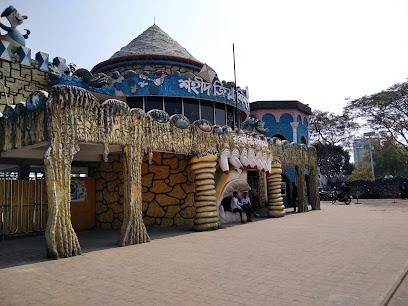
Central Shahid Minar, RU
Explore the Central Shahid Minar, a historical landmark in Rajshahi that celebrates the resilience and cultural identity of Bangladesh's Language Movement.
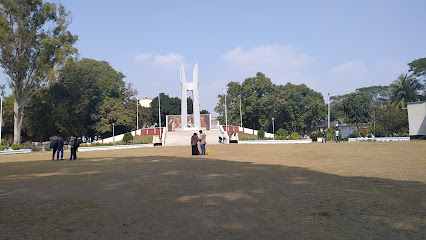
Sagorpara Bot Tola
Explore the historical significance and serene beauty of Sagorpara Bot Tola in Rajshahi, a must-visit landmark for culture and history enthusiasts.
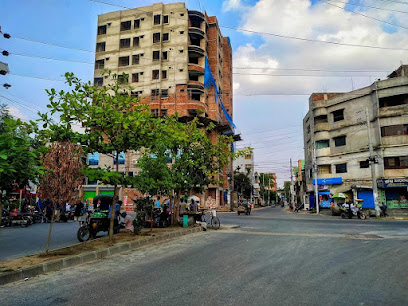
Sharif Tea Garden
Experience the tranquility and rich flavors of Rajshahi at Sharif Tea Garden, a serene tea house perfect for relaxation and cultural immersion.
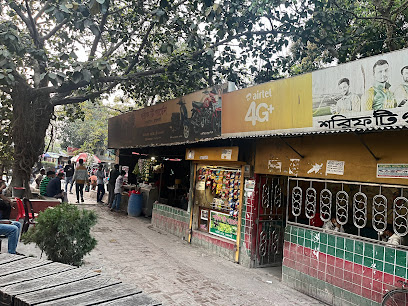
Batar Mor
Discover the charm of Batar Mor in Rajshahi, a historical landmark offering local delicacies and rich cultural experiences.
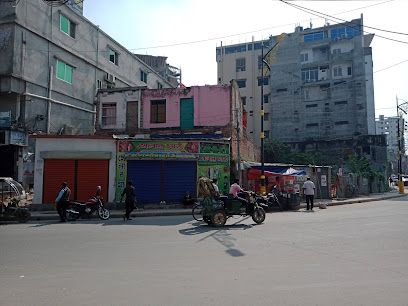
Unmissable attractions to see
Hazarduari Palace & Museum
Discover the rich heritage of Murshidabad at Hazarduari Palace & Museum, a timeless emblem of Bengal's royal history and culture.
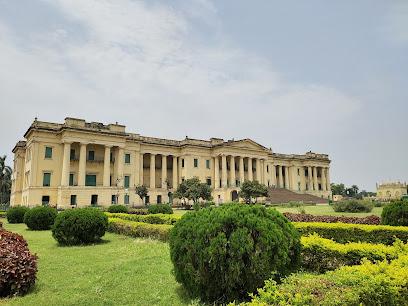
Padma Garden
Experience the serene beauty and vibrant atmosphere of Padma Garden in Rajshahi, a perfect park for relaxation and exploration.
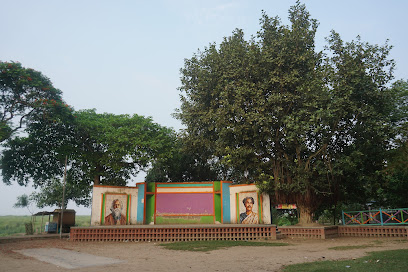
T - Badh
Discover the natural beauty and cultural richness of T - Badh, a top tourist attraction in Rajshahi, Bangladesh, perfect for all travelers.
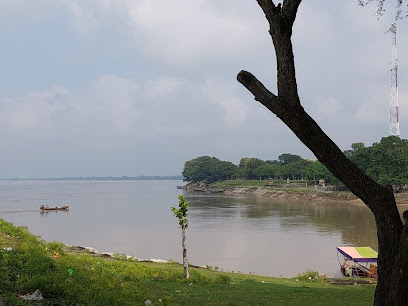
Lalon Shah Mukto Moncho
Discover the natural beauty and cultural richness of Lalon Shah Mukto Moncho, a serene park by the Padma River in Rajshahi, Bangladesh.
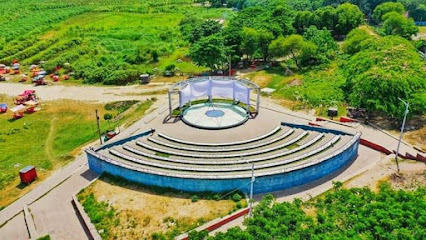
Puthia Rajbari
Explore Puthia Rajbari, a stunning historical site showcasing the rich Bengali heritage and architectural brilliance of Bangladesh.

Shaheed A.H.M. Kamaruzzaman Central Park & Zoo
Immerse yourself in nature's beauty and wildlife wonders at Shaheed A.H.M. Kamaruzzaman Central Park & Zoo in Rajshahi, Bangladesh.
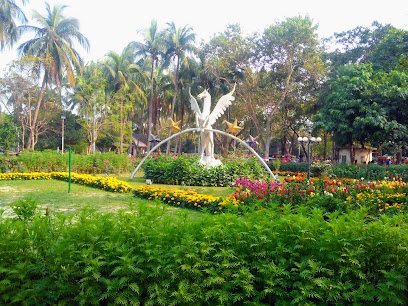
Shaheb Bazaar Boro Mosjid
Discover the architectural beauty and serene atmosphere of Shaheb Bazaar Boro Mosjid in Rajshahi, a must-visit historical mosque for travelers.

Varendra Research Museum
Discover the treasures of Bangladesh's past at Varendra Research Museum, a must-visit for history lovers and cultural enthusiasts in Rajshahi.
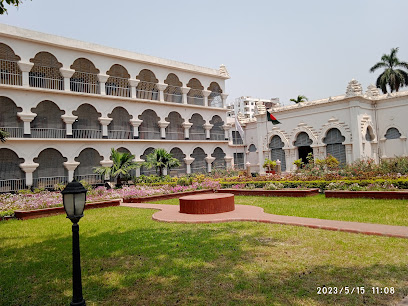
I Badh
Explore I Badh in Rajshahi, Bangladesh - a serene tourist attraction offering nature, culture, and beautiful landscapes for an unforgettable experience.
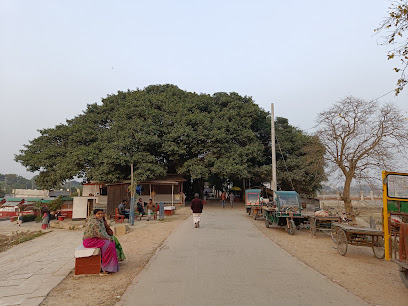
Shahid Zia Shishu Park
Explore the joyful attractions and serene landscapes of Shahid Zia Shishu Park, a delightful amusement park experience for families in Rajshahi.
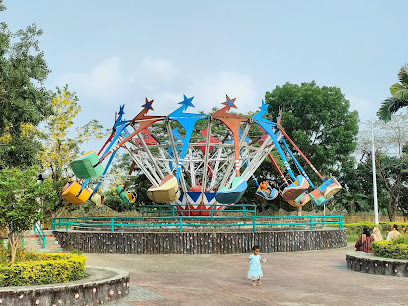
Vodra Park
Experience the tranquility and beauty of Vodra Park, Rajshahi's unique nature escape perfect for relaxation and family fun.
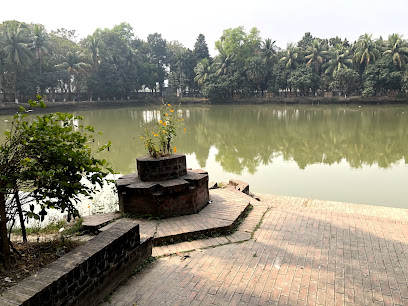
Rajshahi Simla Park
Discover the beauty and tranquility of Rajshahi Simla Park, a perfect escape for nature lovers and families amidst the vibrant city life.
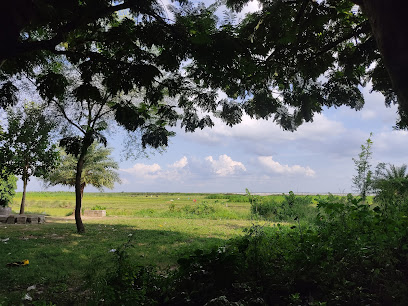
Safina Park
Explore the thrilling rides and lush landscapes of Safina Park, a premier amusement park in Rajshahi, Bangladesh, perfect for family adventures.
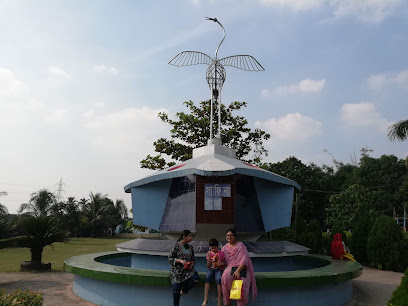
Tripolia Gate
Explore the historic Tripolia Gate in Murshidabad, a stunning architectural marvel reflecting the glory of Bengal's Nawabi heritage.
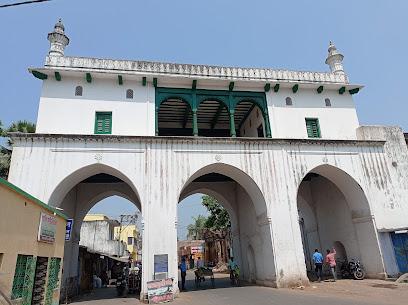
BGB Binodon Park
Experience the beauty of nature at BGB Binodon Park, a serene country park by the Padma River in Rajshahi, perfect for relaxation and outdoor fun.
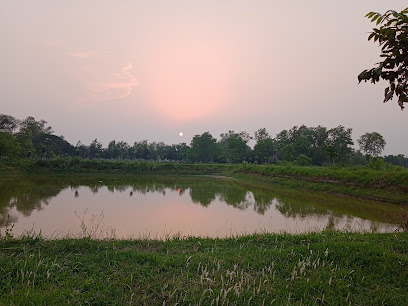
Essential places to dine
Nanking Chinese Restaurant
Experience authentic Chinese cuisine at Nanking Restaurant in Rajshahi – where flavor meets tradition in every dish.
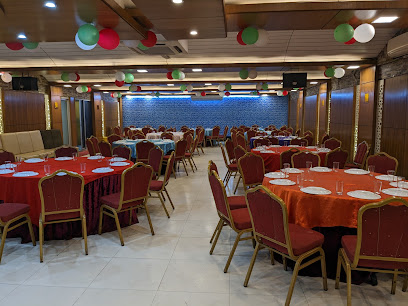
Master Chef Bangla Restaurant
Experience authentic Bangladeshi flavors at Master Chef Bangla Restaurant in Rajshahi - a culinary gem not to be missed.
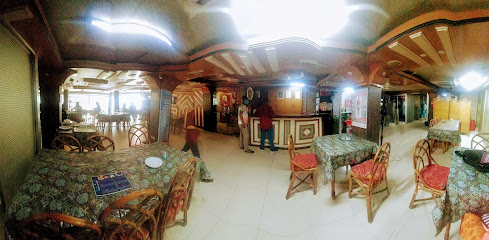
Otithi Hotel & Restaurant
Discover authentic Bangladeshi flavors at Otithi Hotel & Restaurant in Rajshahi - a culinary haven for every food enthusiast.
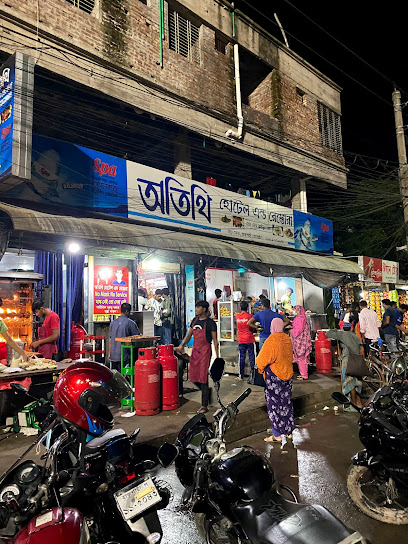
Kacchi Bhai - Rajshahi
Experience the authentic flavors of Bangladesh at Kacchi Bhai in Rajshahi – home of the finest Kacchi Biryani.
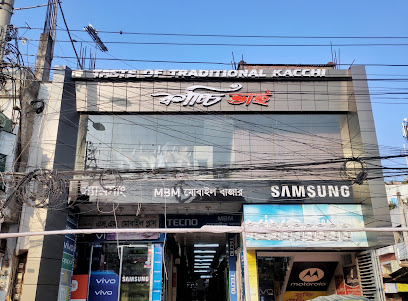
Tasty Time Restaurant & Theme Park
Discover culinary delights at Tasty Time Restaurant & Theme Park in Rajshahi – where food meets fun for all ages.
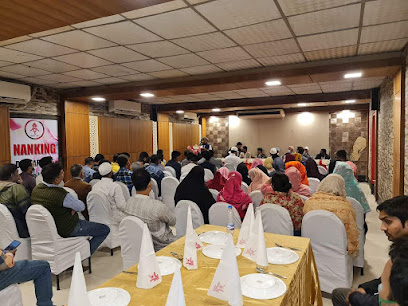
The Hideout Cafe
Discover the flavors of Rajshahi at The Hideout Cafe – where unique tastes meet affordability in a cozy setting.
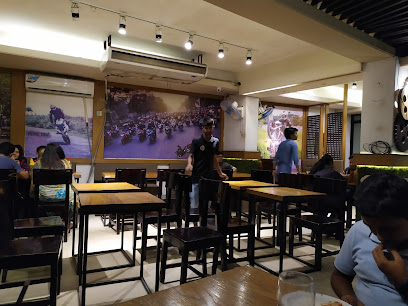
Tripty Hotel & Restaurant
Experience exceptional cuisine at Tripty Hotel & Restaurant in Rajshahi – where local flavors meet global tastes in a welcoming atmosphere.
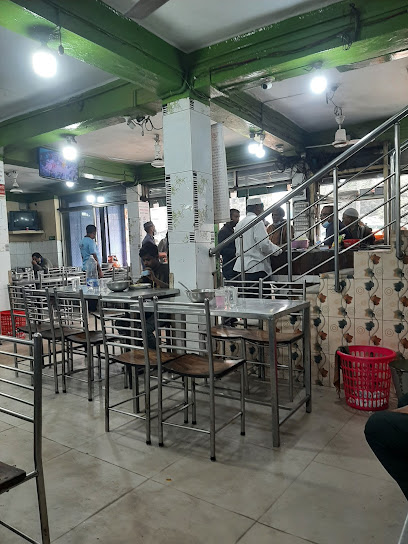
Hungry Heroes
Discover the flavors of Bangladesh at Hungry Heroes in Rajshahi - where every dish tells a story.
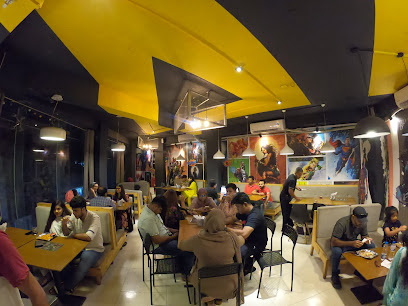
Chili's Thai & Chinese Restaurant
Discover the rich flavors of Thailand and China at Chili's Thai & Chinese Restaurant - a culinary delight in Rajshahi.
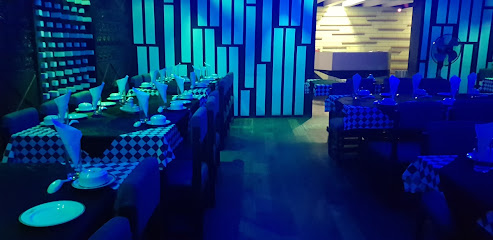
Arabian Kitchen
Discover authentic Middle Eastern cuisine at Arabian Kitchen in Rajshahi - a culinary delight for every traveler.
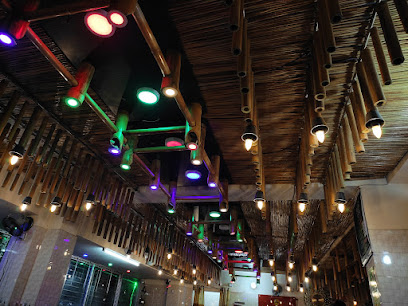
Callisto
Experience the rich flavors of Bangladesh at Callisto in Rajshahi—where culinary excellence meets inviting ambiance.
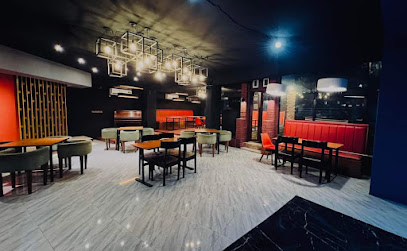
Backyard Kitchen
Discover the authentic taste of Italy at Backyard Kitchen in Rajshahi – where every pizza and pasta dish tells a delicious story.

Golpo Kotha Food Corner
Experience authentic Bangladeshi cuisine at Golpo Kotha Food Corner – where flavors meet affordability in Rajshahi.
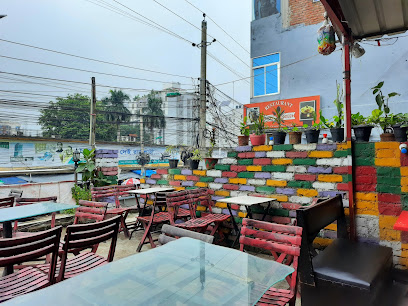
Midas Restaurant 3
Discover the rich flavors of Bangladesh at Midas Restaurant 3 in Rajshahi - where tradition meets modern dining.
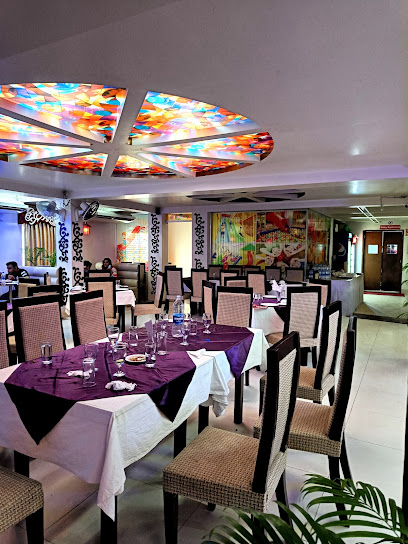
The Mahal Restaurant
Experience the rich flavors of Bangladesh at The Mahal Restaurant in Rajshahi - where tradition meets taste.
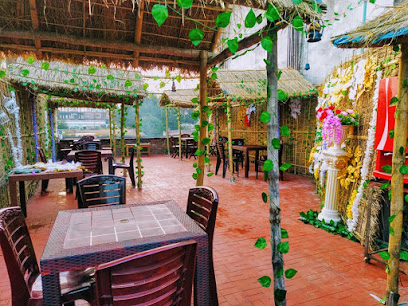
Markets, malls and hidden boutiques
Rajshahi New Market
Discover the heart of Rajshahi at New Market, where shopping meets vibrant local culture and culinary delights await.
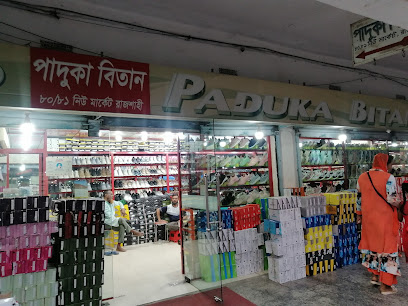
Amana Big Bazar, Rajshahi
Explore Amana Big Bazar in Rajshahi for a unique shopping experience featuring local groceries and diverse products for every traveler.
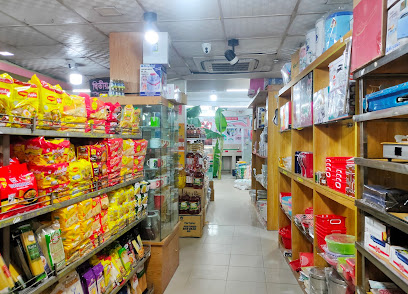
City Center Rajshahi
Experience the vibrant shopping scene at City Center Rajshahi, where diverse stores and delightful dining options await in a modern setting.
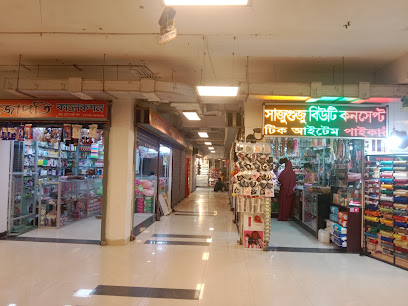
Aarong Rajshahi
Explore Aarong Rajshahi for authentic Bangladeshi clothing and unique handmade treasures that embody the spirit of local culture.
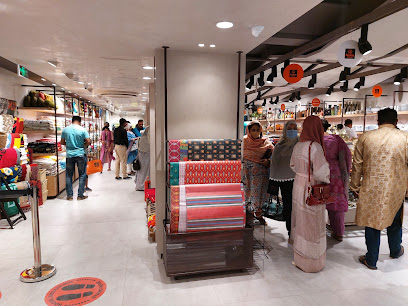
SAILOR
Explore contemporary fashion and unique styles at SAILOR, a premier clothing store in Rajshahi offering a vibrant shopping experience.
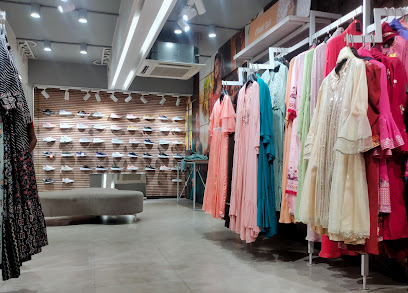
Samsung Authorized Showroom
Discover cutting-edge technology and exceptional service at the Samsung Authorized Showroom in Rajshahi, your one-stop destination for all Samsung products.
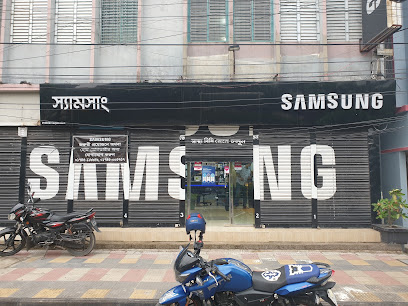
SaRa Lifestyle Ltd - Rajshahi
Explore the stylish and diverse clothing collections at SaRa Lifestyle Ltd in Rajshahi, where fashion meets local culture.
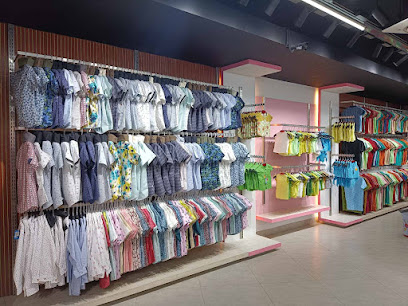
Station Bazar
Experience the vibrant culture of Rajshahi at Station Bazar, a bustling general store offering local products and a taste of everyday life.
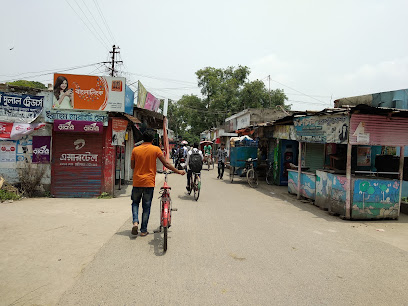
Miniso - Rajshahi
Discover an affordable treasure trove of unique gifts, stylish accessories, and quirky home decor at Miniso - Rajshahi, your shopping haven.
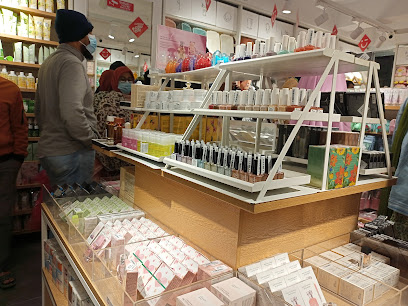
RISE, Rajshahi
Explore RISE in Rajshahi for the latest fashion trends and a delightful shopping experience in the heart of the city.
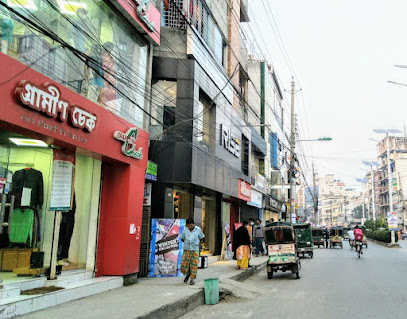
Diamond World Rajshahi Showroom
Explore the elegance and allure of exquisite diamonds at Diamond World Rajshahi, the premier jewelry destination in the heart of the city.
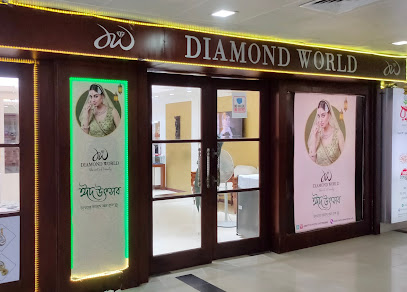
Regal Emporium - Kadirganj
Explore Regal Emporium in Kadirganj, Rajshahi - where craftsmanship meets elegance in furniture design.
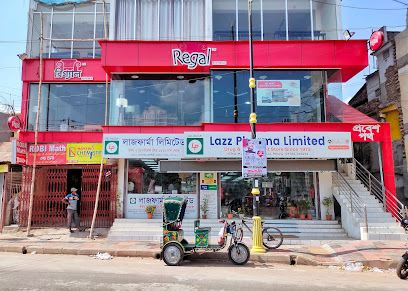
Interior Crafts
Discover unique handcrafted gifts and souvenirs at Interior Crafts in Rajshahi, a perfect stop for cultural treasures and local artistry.
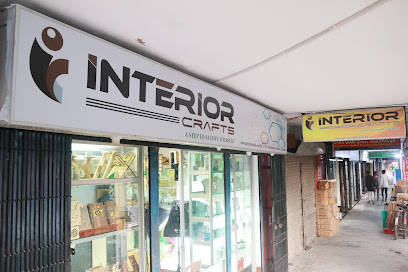
Roxy BD
Explore Roxy BD in Rajshahi for a unique shopping experience filled with the latest fashion trends and local styles.
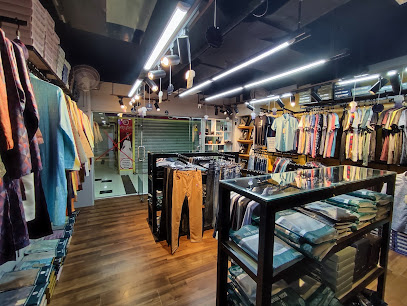
Rajshahi University Souvenir Shop
Explore the Rajshahi University Souvenir Shop for unique local crafts and gifts that capture the essence of Rajshahi's rich cultural heritage.

Essential bars & hidden hideouts
Master Chef Bangla Restaurant
Indulge in the rich flavors of Bangladeshi cuisine at Master Chef Bangla Restaurant, a culinary gem in Rajshahi offering authentic dishes and warm hospitality.

Tasty Time Restaurant & Theme Park
Explore the vibrant flavors and exciting attractions at Tasty Time Restaurant & Theme Park in Rajshahi, where every meal is an adventure.
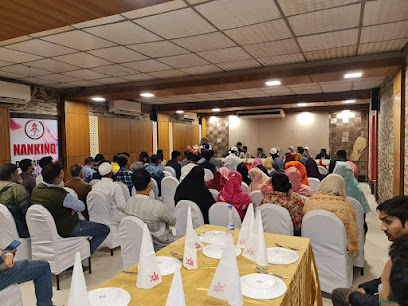
Hungry Heroes
Discover a culinary gem in Rajshahi, Hungry Heroes offers delicious dishes and a cozy atmosphere perfect for all food lovers.
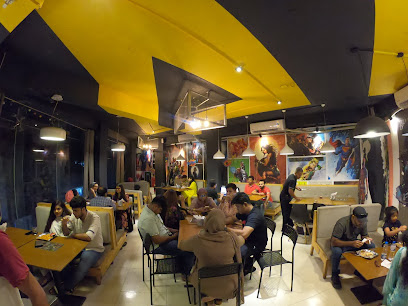
Rainey Park Theme Park Restaurant
Experience delightful dining in the heart of fun at Rainey Park Theme Park Restaurant, Rajshahi's favorite culinary destination for families and tourists.

Rajshahi Parjatan Bar
Discover the vibrant atmosphere of Rajshahi Parjatan Bar, where local flavors and lively entertainment await in the heart of Rajshahi.
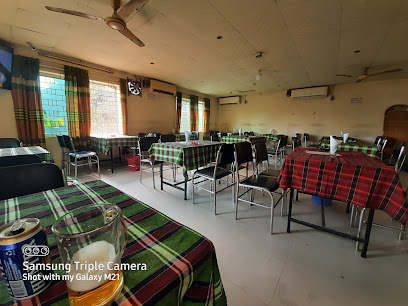
Coffee Bar Multiplex Restaurant
Experience the perfect blend of coffee and cuisine at Coffee Bar Multiplex Restaurant in Rajshahi, where every sip and bite tells a story.
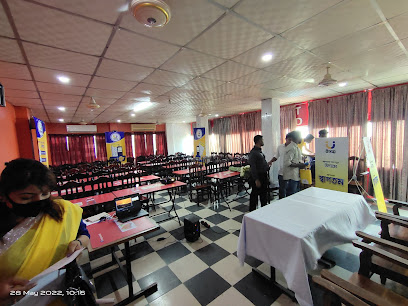
Club House
Discover the culinary delights of Club House in Rajshahi, where local flavors meet international cuisine in a cozy atmosphere.
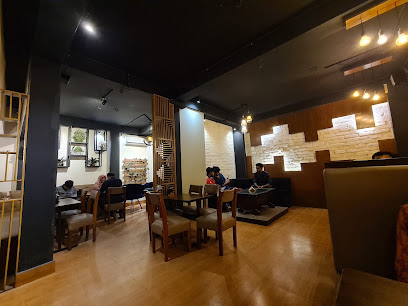
Party Point Thai and Chinese Restaurant
Explore the exquisite flavors of Thailand and China at Party Point, Rajshahi's premier destination for Asian cuisine.
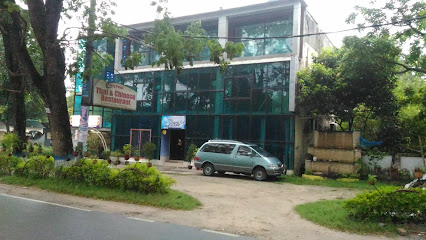
Helium
Experience the best of Bangladeshi and international cuisine at Helium, a must-visit restaurant in Rajshahi offering a vibrant dining atmosphere.
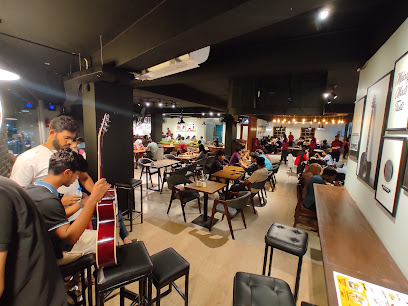
Middle Lounge
Experience the unique ambiance of Middle Lounge in Rajshahi, where comfort meets great refreshments at affordable prices.
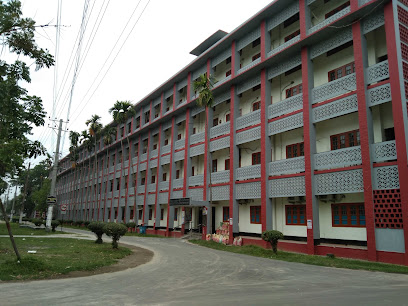
Rajshahi Advocate Bar Association
Explore the Rajshahi Advocate Bar Association, a key institution for legal professionals and a hub for justice in Bangladesh.
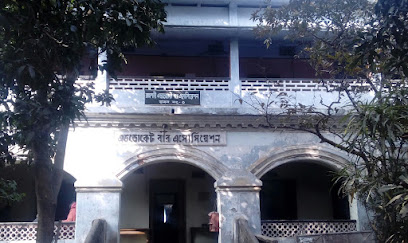
Kaffeine Kruch
Discover the culinary delights of Kaffeine Kruch in Rajshahi, a restaurant where local flavors meet international cuisine in a cozy setting.
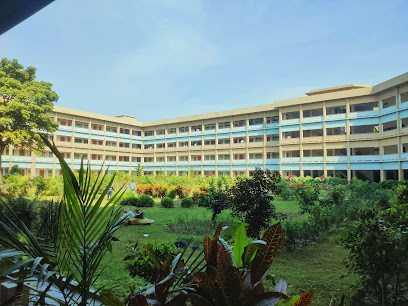
allevent
Experience Rajshahi's dynamic nightlife at Allevent, a top live music bar featuring local performances and a lively atmosphere.
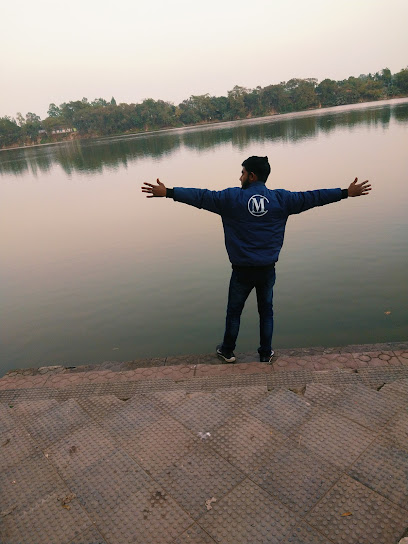
Rajmoni cafe & Restaurant
Experience authentic Bangladeshi cuisine at Rajmoni Cafe & Restaurant in Rajshahi, a delightful culinary destination for all food lovers.
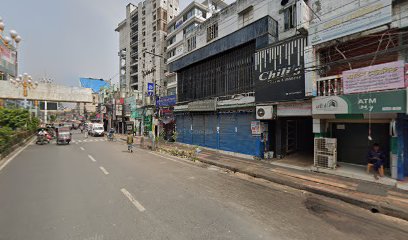
নিউ রুবাইয়া ভ্যারাইটি স্টোর
Discover the authentic Bangladeshi bar experience at নিউ রুবাইয়া ভ্যারাইটি স্টোর, where local flavors and vibrant culture meet.

Local Phrases
-
- Helloহ্যালো
[helo] - Goodbyeবিদায়
[bidae] - Yesহ্যাঁ
[ha] - Noনা
[na] - Please/You're welcomeদয়া করে
[doya kore] - Thank youধন্যবাদ
[dhonobad] - Excuse me/Sorryদুঃখিত
[dukhit] - How are you?আপনি কেমন আছেন?
[apni kemon achhen?] - Fine. And you?ভাল আছি। আর আপনি?
[bhal ashi. ar apni?] - Do you speak English?আপনি ইংরেজি বলতে পারেন?
[apni English bolte paren?] - I don't understandআমি বুঝতে পারি না
[ami bujhte pari na]
- Helloহ্যালো
-
- I'd like to see the menu, pleaseদয়া করে মেনু দেখতে চাই
[doya kore menu dekhte chai] - I don't eat meatআমি মাংস খাই না
[ami mans khai na] - Cheers!চিয়ার্স!
[cheers!] - I would like to pay, pleaseদয়া করে টাকা দেওয়ার ইচ্ছুক
[doya kore taka deowar ichhuk]
- I'd like to see the menu, pleaseদয়া করে মেনু দেখতে চাই
-
- Help!সাহায্য!
[sahayya!] - Go away!চলে যাও!
[chole jao!] - Call the Police!পুলিশকে কল করুন!
[polishke kol korun!] - Call a doctor!ডাক্তারকে কল করুন!
[daktarke kol korun!] - I'm lostআমি হারানো গেছি
[ami harano geshi] - I'm illআমি অসুস্থ
[ami osustho]
- Help!সাহায্য!
-
- I'd like to buy...আমি ... কিনতে চাই
[ami ... kinte chai] - I'm just lookingআমি শুধু দেখছি
[ami shudhu dekhchi] - How much is it?এটার দাম কত?
[etar dam kot?] - That's too expensiveএটা খুব মহঁগ
[eta khub mohong] - Can you lower the price?দাম কমাতে পারবেন?
[dam kamate parben?]
- I'd like to buy...আমি ... কিনতে চাই
-
- What time is it?এখন কতটা বাজে?
[ekhon kotta baje?] - It's one o'clockএটা একটা বাজে
[eta ekta baje] - Half past (10)(১০) এর পাঁচ
[(10) er panch] - Morningসকাল
[shokal] - Afternoonদুপুর
[dupur] - Eveningসন্ধ্যা
[shondhya] - Yesterdayগতকাল
[gatkal] - Todayআজ
[aj] - Tomorrowআগামীকাল
[agamikal] - 1১
[1] - 2২
[2] - 3৩
[3] - 4৪
[4] - 5৫
[5] - 6৬
[6] - 7৭
[7] - 8৮
[8] - 9৯
[9] - 10১০
[10]
- What time is it?এখন কতটা বাজে?
-
- Where's a/the...?...কুক্ষিপ্ত কোথায়?
[...kukshipto kothay?] - What's the address?ঠিকানা কি?
[thikana ki?] - Can you show me (on the map)?আপনি কি আমাকে দেখাতে পারবেন?
[apni ki amake dekhate parben?] - When's the next (bus)?পরের গাড়িটি কবে?
[porer gadriti kobe?] - A ticket (to ....)একটি টিকেট (.... পর্যন্ত)
[ekti ticket (.... poryanto)]
- Where's a/the...?...কুক্ষিপ্ত কোথায়?
History of Rajshahi
-
Rajshahi, located in the fertile plains of the Ganges delta, has a history that stretches back to ancient times. Archaeological findings in the region suggest that it was home to early human settlements long before recorded history. The region has been mentioned in ancient texts and historical records, indicating its importance as a cultural and trade hub.
-
In ancient times, Rajshahi was part of the Pundra Kingdom, which is mentioned in early Indian scriptures. The Pundra people were known for their advanced urban planning, agriculture, and trade. This period saw the rise of early Hindu and Buddhist influences, which are evident in the ruins and artifacts found in the area.
-
During the Gupta and Pala periods, Rajshahi flourished as a center of learning and culture. The Pala Dynasty, in particular, left a lasting legacy with the establishment of monasteries and libraries. The region became a significant center for Buddhist scholarship, attracting monks and scholars from across Asia.
-
The decline of the Pala Dynasty saw the rise of the Sena Dynasty, which ruled the region until the Islamic conquest in the 13th century. This period marked a significant cultural shift, with the introduction of Islamic architecture and culture. Many mosques and madrasas were built, some of which still stand today as historical landmarks.
-
Under the Mughals, Rajshahi became an important administrative and commercial center. The city's strategic location along the Ganges River made it a vital link in the trade routes connecting Bengal with the rest of the Indian subcontinent. The Mughals invested in infrastructure, including roads, bridges, and public buildings, some of which remain major attractions.
-
The impact of British colonial rule on Rajshahi was profound. The British established Rajshahi as a district headquarters and introduced modern education and administrative systems. The period also saw the rise of the indigo and silk industries, which became major economic drivers. European architecture from this era, including government buildings and churches, adds to the city's historical landscape.
-
Rajshahi played a significant role during the Bangladesh Liberation War of 1971. The city's residents actively participated in the independence movement against Pakistani rule. Many historical sites in Rajshahi commemorate the sacrifices of those who fought for the country's freedom, making it a poignant destination for those interested in modern history.
-
Today, Rajshahi is known as the 'Silk City' and the 'Education City' of Bangladesh. It is home to Rajshahi University, one of the oldest and most prestigious institutions in the country. The city's silk industry continues to thrive, and its mangoes are famous across the nation. Modern Rajshahi is a blend of historical heritage and contemporary development, offering visitors a unique cultural experience.
Rajshahi Essentials
-
Rajshahi is accessible by various modes of transport. The nearest airport is Shah Makhdum Airport, which primarily handles domestic flights. For international travelers, the Hazrat Shahjalal International Airport in Dhaka is the nearest major airport. From Dhaka, you can take a domestic flight to Rajshahi, a train from Kamalapur Railway Station, or an intercity bus service. The train journey offers a scenic route through the countryside and typically takes around 6 to 7 hours.
-
Within Rajshahi, local transportation options include rickshaws, auto-rickshaws (CNGs), and taxis. Rickshaws are a popular and inexpensive way to navigate short distances. Auto-rickshaws and taxis can be used for longer trips. Public buses operate on major routes and are an affordable option, though they can be crowded. Bicycle rentals are also available for those who prefer a more eco-friendly mode of travel.
-
The official currency in Bangladesh is the Bangladeshi Taka (BDT). Credit and debit cards are accepted in many hotels, restaurants, and larger shops, but it's advisable to carry cash for smaller establishments and markets. ATMs are widely available in Rajshahi, but it's a good idea to withdraw sufficient cash before heading to more remote areas.
-
Rajshahi is generally considered safe for tourists. However, petty crimes like pickpocketing can occur, especially in crowded areas such as markets and bus stations. It's advisable to avoid walking alone at night in unfamiliar areas. Neighborhoods like Kazla and Railgate are best visited during the day. Always keep an eye on your belongings and be cautious of your surroundings.
-
In case of an emergency, dial 999 for police, fire, and medical services. The Rajshahi Medical College Hospital is the primary medical facility in the city. Pharmacies are readily available for minor health issues. It's recommended to have travel insurance that covers medical emergencies. Keep a list of important numbers, including your country's embassy or consulate, for quick access during emergencies.
-
Fashion: Do dress modestly, especially when visiting religious sites. Avoid wearing revealing clothing. Religion: Do respect local customs and traditions. Remove your shoes before entering mosques and temples. Public Transport: Do be respectful and give up your seat to elderly passengers. Don't eat or drink on public transport. Greetings: Do greet people with a handshake. A slight nod or 'Assalamu Alaikum' is also a sign of respect. Eating & Drinking: Do try local delicacies and accept food offerings graciously. Don't refuse hospitality, as it is considered impolite.
-
To experience Rajshahi like a local, visit the local markets such as Shaheb Bazaar and purchase fresh produce and traditional Bangladeshi goods. Engage with locals, who are often friendly and willing to share stories about the city's history and culture. Don't miss the Varendra Research Museum for a deep dive into the region's history. For a unique experience, take a boat ride on the Padma River, especially during sunset, to enjoy the natural beauty of Rajshahi.
Trending Landmark in Rajshahi
-
Padma Garden
-
Rajshahi University
-
T - Badh
-
Lalon Shah Mukto Moncho
-
Rajshahi New Market
-
Puthia Rajbari
-
Shaheed A.H.M. Kamaruzzaman Central Park & Zoo
-
Shaheb Bazaar Boro Mosjid
-
Varendra Research Museum
-
I Badh
-
Shahid Zia Shishu Park
-
Central Shahid Minar, RU
-
Sagorpara Bot Tola
-
Sharif Tea Garden
-
Batar Mor
Nearby Cities to Rajshahi
-
Things To Do in Jessore
-
Things To Do in Rangpur
-
Things To Do in Dhaka
-
Things To Do in Khulna
-
Things To Do in Kolkata
-
Things To Do in Barisal
-
Things To Do in Siliguri
-
Things To Do in Agartala
-
Things To Do in Comilla
-
Things To Do in Phuentsholing
-
Things To Do in Darjeeling
-
Things To Do in Gangtok
-
Things To Do in Sylhet
-
Things To Do in Paro
-
Things To Do in Ranchi










